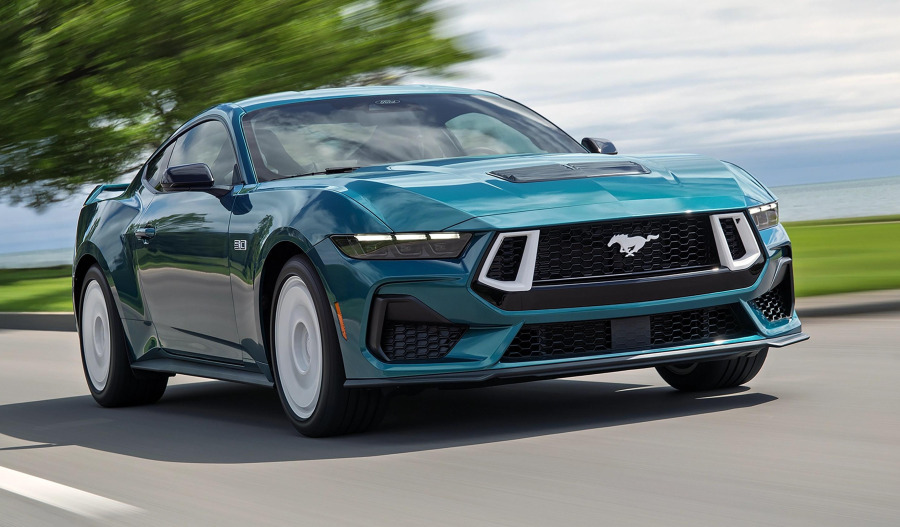In bold new strategy to tackle mounting competition from Chinese EV makers, Ford is planning to invest US$5 billion in a new assembly line and battery production to develop a family of affordable, software defined electric vehicles – expected to hit the market in 2027.
Ford’s new EV lineup is expected to kick off with the launch of an unnamed four-door midsize pickup that Ford expects to be the most affordable (under US$30,000) electric pickup truck on the market.
Ford expects the truck to deliver Mustang EcoBoost level sprinting and cabin space surpassing the Toyota RAV4, while the cargo space benefits from a front “frunk” and bed.
Described by CEO Jim Farley as the carmaker’s “Model T moment”, the new initiative will be underpinned by a US$3 billion investment in its Michigan BlueOval Battery Park.
An additional US$2 billion will be spent securing 2,200 hourly jobs at its Louisville assembly plant to build the company’s next generation of electric vehicles.
The conversion at the plant from gas-powered SUVs to electric vehicles will require about 600 fewer jobs than it currently needs, partly due to the new assembly line being more efficient and partly due to Ford potentially producing fewer cars.
However, 1,700 new jobs are expected to be created at a Michigan battery plant, which has been in the pipeline since 2023.
Farley sees the new initiative as a do-or-die moment for Ford: “Not legacy automakers vs. each other, but Ford vs. Chinese OEMs like Geely and BYD.”
“We took inspiration from the Model T – the universal car that changed the world,” Doug Field, Ford’s chief EV digital and design officer said.
“We think today will be a turning point for Ford Motor Company and the auto industry.”
In a major departure from long-standing practises, Ford is walking away from the traditional assembly line - that the company’s founding namesake pioneered in 1913 - in favour of an “assembly tree” concept.
Instead, Ford’s new Universal EV Platform and accompanying Universal EV Production System is opting for three modular sub-assemblies (front, middle, rear) built in parallel and joined later, which is expected to reduce workstations by up to 40% and fast-track assembly.
Key cost and production efficiencies are expected to include 20% fewer parts, 25% fewer fasteners, 15% faster assembly and require significantly lighter, more simplified electrical harness.
Ford is the latest company to announce a large investment in U.S operations to best address both tariffs on imports and demands by the Trump administration to move manufacturing back to the U.S.
As well as cutting federal government support for EVs by scrapping tax credits to help buyers, the Trump administration has also rolled back emissions regulations put in place by the Biden administration.
Meantime, while Ford’s EV revenue nearly tripled in the first half of this year compared to a year ago, the carmaker still lost US$2.2 billion in the EV segment during the same period.
While Ford already builds more cars in the U.S. than any automaker, it does not plan to shift production of one of its electric models, the Ford Mustang Mach-E, from a plant in Cuautitlan, Mexico.
At the time of writing, Ford Motor Company (NYSE: F) stock was trading at US$11.14, easing 1.6% from Thursday's close of $11.28. Ford's market cap stands at US$44.34 billion.



